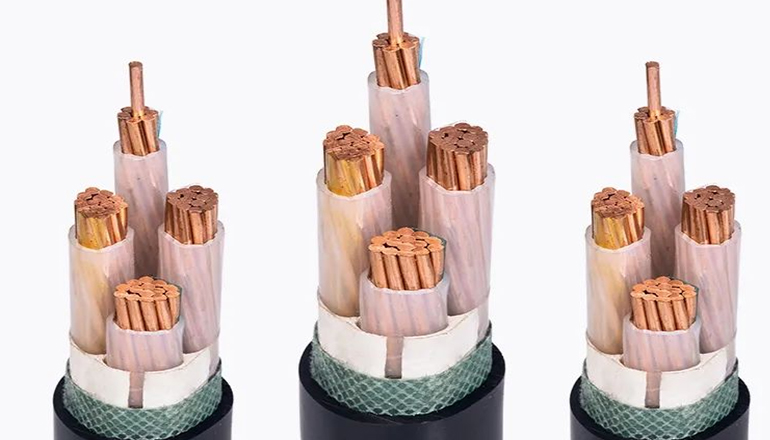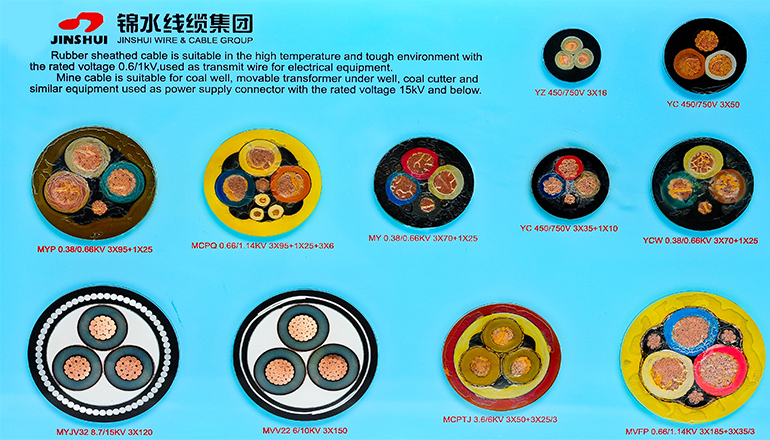- Offices Time:24 Hours Online
- Email:[email protected]
- WhatsApp:+8618339938759
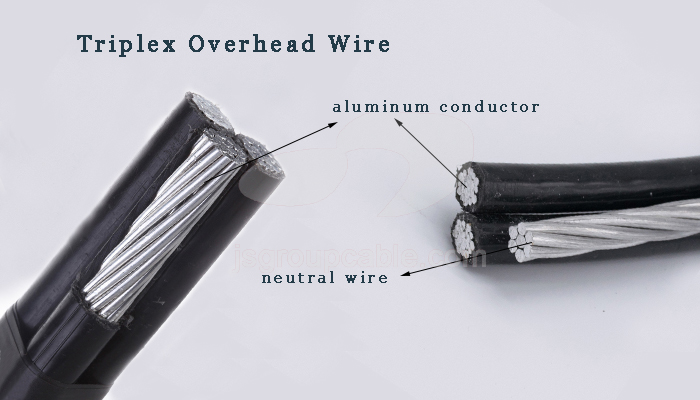
Posted on March 1, 2023
What is triplex overhead wire?
Triplex overhead wire is a type of electrical cable commonly used to deliver power from an electrical utility company’s power pole to a residential or commercial building. The cable consists of three individual insulated conductors twisted together, with one of the conductors being a neutral wire and the other two being hot wires.
The cable is typically suspended from a power pole or other overhead structure using support wires or messenger wire. The hot wires are connected to the electrical service entrance of the building, while the neutral wire is connected to the building’s grounding system.
Triplex overhead wire is often used in areas where underground power lines are not practical or cost-effective. It is also used in rural areas where power lines are strung along utility poles rather than buried underground.
Triplex overhead wire is available in various sizes and configurations to meet different electrical service requirements. The size and configuration of the cable are determined by the amount of power that needs to be delivered to the building, as well as the distance between the power pole and the building.
The most common types of triplex overhead wire are made with aluminum conductors. Aluminum is a lightweight, corrosion-resistant metal that is ideal for use in overhead power lines. However, some types of triplex cable may also be made with copper conductors, which offer higher conductivity and greater durability.
Installation of triplex overhead wire requires specialized tools and equipment, including wire cutters, strippers, and crimping tools. The cable is typically installed by trained electrical contractors or utility company personnel.

It is important to ensure that the triplex overhead wire is installed properly and in compliance with local electrical codes and regulations. Failure to do so could result in electrical hazards, power outages, or other safety issues.
Features of triplex overhead wire
1.Conductor
The cable consists of three aluminum conductors, which are twisted together to form a triplex cable. The conductors are typically made of AA-1350 aluminum alloy, which is strong, lightweight, and corrosion-resistant.
2.Insulation
The conductors are covered with a black cross-linked polyethylene (XLPE) insulation. This insulation provides excellent electrical insulation and protects the conductors from weather and environmental factors such as moisture, sunlight, and heat.
3.Neutral Messenger
A bare aluminum conductor is used as a neutral messenger, which provides support for the triplex cable and also serves as the neutral conductor in the electrical circuit.
4.Voltage Rating
Triplex overhead wire is designed for use in low-voltage applications, typically 600 volts or less.
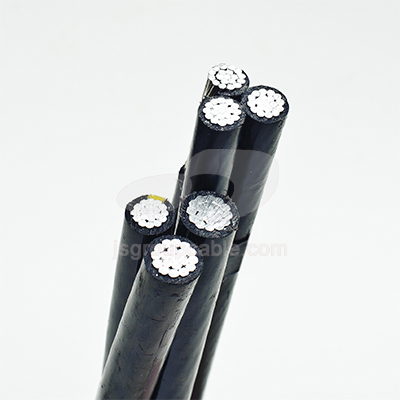
5.Weather Resistance
The cable is designed to withstand harsh weather conditions, including high winds, rain, and snow.
6.Easy Installation
It is easy to install, as it can be hung directly from the utility pole to the building using suspension clamps and brackets.
7.Durability
The cable is durable and long-lasting, with a service life of up to 30 years.
Advantages of triplex overhead wire
1.Easy installation
It is easy to install since it can be attached to a utility pole or other support structure using standard hardware.
2.Cost-effective
Its relatively inexpensive compared to other types of electrical cable, making it a cost-effective option for residential power distribution.
3.Durability
Be designed to withstand harsh outdoor environments, such as extreme temperatures, wind, rain, and snow.
4.Reliable
It is a reliable means of delivering power to homes since it is not affected by underground disturbances or other issues that can affect underground cables.
5.Easy maintenance
Triplex overhead wire is easy to maintain since any faults or issues can be easily identified and repaired without the need for extensive excavation or other complex procedures.
6.Flexibility
It can be customized to meet specific power distribution needs, such as different voltage levels or load capacities.
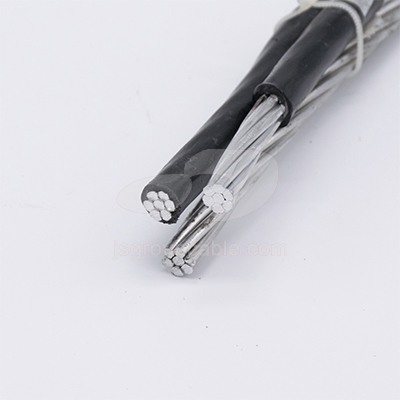
7.Efficient
Have low electrical resistance, which means it can efficiently deliver power to homes with minimal losses.
8.Versatile
Can be used for a variety of applications, including single-phase and three-phase power distribution.
9.Safe
Triplex overhead wire is designed to meet strict safety standards and regulations, which means it is safe for residential use.
10.Environmentally friendly
It is a more environmentally friendly option than underground cables since it does not require extensive excavation or disrupt natural habitats.
Triplex overhead wire is a reliable, cost-effective, and easy-to-install option for residential power distribution. Its durability, efficiency, and versatility make it a popular choice for utility companies and homeowners alike.
How to choose triplex overhead wire?
The selection depends on several factors, including the voltage rating, conductor size, weather conditions, and the distance between the power source and the destination.
1.Voltage rating
The voltage rating of the cable should match the voltage of the power source. Common voltage ratings for residential service drop cables are 120/240V and 120/208V.
2.Conductor size
The conductor size of the cable should be appropriate for the current load and distance of the cable run. The larger the current load or distance, the larger the conductor size required.
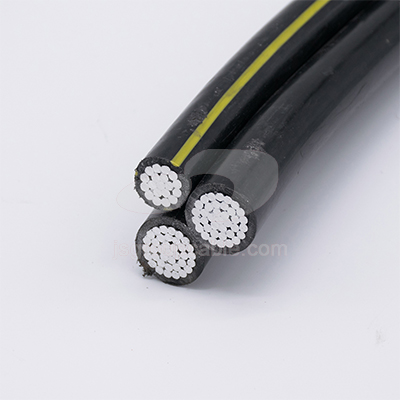
3.Weather conditions
If the cable will be exposed to harsh weather conditions, such as extreme heat or cold, wind, rain, or ice, it should be rated for those conditions.
4.Distance
The length of triplex overhead wire run will determine the voltage drop and the required conductor size. A longer distance requires a larger conductor size to prevent voltage drop.
5.Insulation
The insulation should be rated for the temperature of the cable and the environment where it will be installed.
6.Code compliance
The cable should meet the relevant electrical codes and standards for safety and performance.
7.Budget
The cost of the cable should be considered, but should not be the only factor. A lower cost cable may not be suitable for the intended application or environment.
It is best to consult with an experienced electrician or electrical supplier to determine the most appropriate triplex overhead wire for your specific application.
Post categories
Most Popular Posts
-
The 136th Canton Fair welcomes you to participate!
October 12, 2024 -
High temperature cable introduction
July 26, 2024 -
Kenya Power and Energy Exhibition 2024
June 11, 2024 -
Introduction of rubber sheathed cable
June 5, 2024



